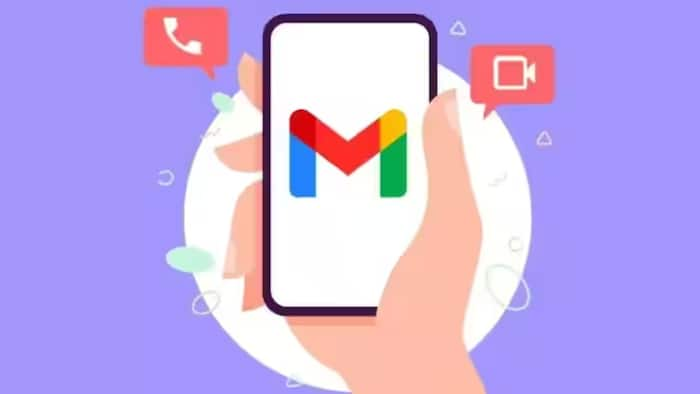
Written By Om Gupta
Published By: Om Gupta | Published: Jun 02, 2023, 06:07 PM (IST)

Last month, Google announced a new feature that shows a verified checkmark next to the sender’s name in Gmail. The feature uses (Brand Indicators for Message Identification), VMC (Verified Mark Certificate), and DMARC (Domain-based Message Authentication, Reporting, and Conformance) to confirm the identity of email senders. Also Read: iQOO 15 Too Expensive? 7 Flagship Phones To Compare Before You Buy
This feature is in the news again because it seems scammers have found a way to bypass Gmail’s blue tick verification system. Chris Plummer, a cybersecurity engineer, recently discovered that some scammers managed to trick Google’s safeguards and make their messages look like they came from a verified source to pass the verification tests. Also Read: Google Meet Down In India: Users Unable To Join Calls
Plummer reported the issue with Google’s verification system but the company dismissed his report saying that this was somehow “intended behaviour.” Surprised by Google’s response, he went on Twitter to express his anger and causing an uproar from the users and experts. Also Read: Google Pixel 10 Price Dropped By Rs 10,000 During Black Friday Sale: Check The Deal Here
He said via Twitter, “There is most certainly a bug in Gmail being exploited by scammers to pull this off, so I submitted a bug which @google lazily closed as “won’t fix – intended behavior”. How is a scammer impersonating @UPS in such a convincing way “intended”.”
There is most certainly a bug in Gmail being exploited by scammers to pull this off, so I submitted a bug which @google lazily closed as “won’t fix – intended behavior”. How is a scammer impersonating @UPS in such a convincing way “intended”. pic.twitter.com/soMq7KraHm
— plum (@chrisplummer) June 1, 2023
The joint reaction made Google reconsider its first response and forced it to address the vulnerability and fix it swiftly.
Google responded to Plummer by saying, “After taking a closer look we realized that this indeed doesn’t seem like a generic SPF vulnerability. Thus we are reopening this and the appropriate team is taking a closer look at what is going on. We apologize again for the confusion and we understand our initial response might have been frustrating, thank you so much for pressing on for us to take a closer look at this! We’ll keep you posted with our assessment and the direction that this issue takes.”
when the going gets tough,
the tough get a tweet with 100,000+ views
thank you all. pic.twitter.com/tYiOD1zvpQ— plum (@chrisplummer) June 1, 2023
Here are some ways to safeguard yourself from email scams: